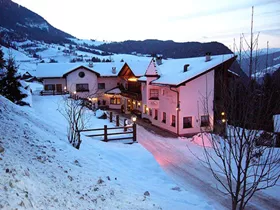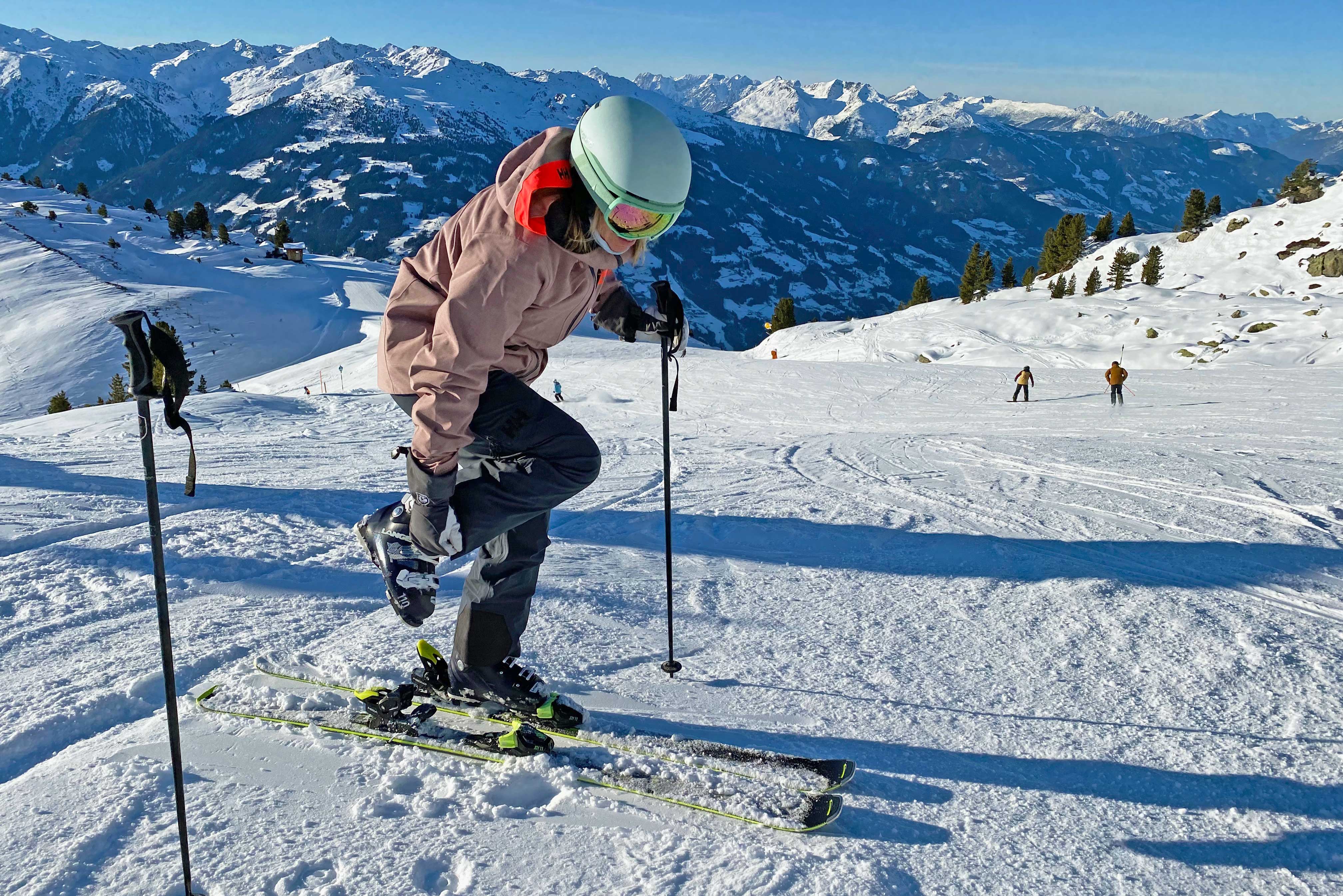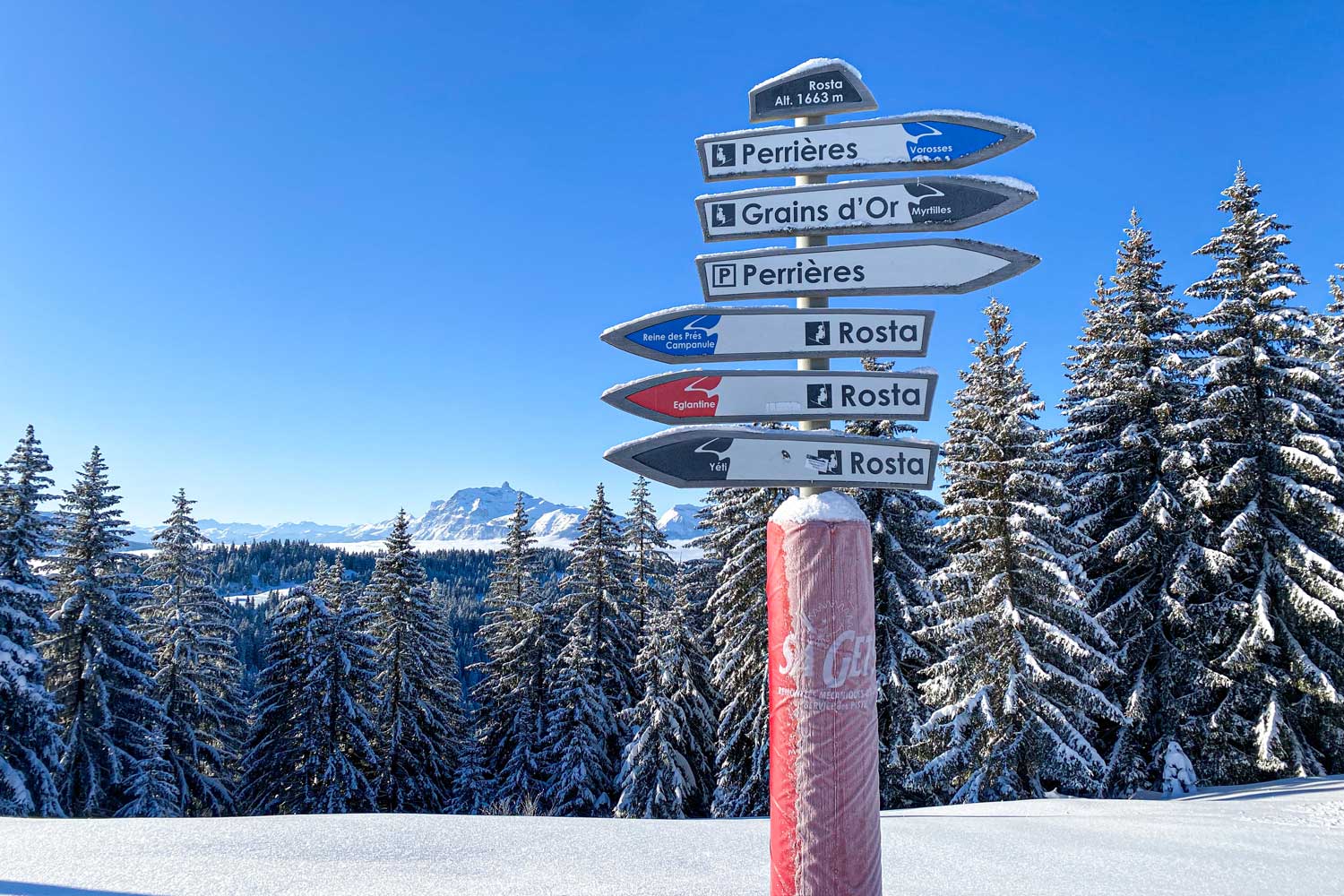
With so many different kinds of skis out there, how do you find the type that’s right for you? This depends on a few things. First, do you consider yourself a beginner, intermediate or expert skier? The next thing to ask yourself is whether you are more of a recreational skier or whether you plan to be skiing in competitions, and whether you prefer to take it easy or whether you’re a speed devil. Finally, consider whether you plan to do mostly on-piste or off-piste skiing. In this article we will break down the characteristics of a few common types of skis and explain what kind of skier each ski is meant for.
What types of skis are there?
Skis come in various shapes and sizes. In this article we will discuss the most important ones: all-round, sport, race, slalom, all-mountain and freeride skis. These categories usually have their own subcategories, as well as separate models for women. Women’s skis are designed to accommodate our lower centre of gravity, so they are usually shorter, lighter and easier to turn.
Frontside skis
Frontside skis are designed to be used on groomed trails – the “front” of the mountain. Appropriate for beginners and experts alike, these are a popular choice for holidaygoers.
All-mountain skis
All-mountain skis have grown in popularity over the last few years. As the name suggests, this ski can tackle anything the mountain throws at it, from groomed pistes to moguls and off-piste terrain. You’ll find all-mountain skis in different widths, which can be adapted for beginners or freeriding and everything in between. You will often find a key that indicates whether these skis are intended for on-piste or off-piste skiing, for example 50/50 or 70/30.
Will you shred the slopes or go exploring off-piste?
Slalom skis
Slalom skis are designed to be extremely stable and easy to turn. These skis also benefit from good grip on hard-packed slopes when doing short turns at high speed. Experienced skiers who like to lace together short, quick turns will make good use of these. And, of course, this is the professional slalom racer’s preferred ski. This ski is not suitable for beginners.
Racing skis
Skis for racing need to remain stable at insanely high speeds. They are designed for the World Cup Giant Slalom, and their longer length helps maintain stability at very high speeds. Skiers using race skis will have good grip when stringing together long turns, but these skis are not to be used for making short turns. Racing skis are powerful and skiers who wish to use these must have the necessary skiing experience and technique. It goes without saying that these are not for beginners either; you’ll mostly see these in competitions.
Powder skis
Freeride skis are designed to “float” on top of all that off-piste powder. These wide, light skis are best used in the backcountry, as they sacrifice grip and speed to stay light and buoyant. There are plenty of freeride skis that are suitable for beginners, as well as more professional models that can get up to fairly decent speeds through the powder.
In search of fresh powder!
Twin-tip/freestyle skis
Designed for park rats, freestyle skis are twin-tipped so you can pull off tricks in the terrain park. They usually come a bit shorter to make them easier to manoeuvre.
Additional specifications
Once you choose what type of ski you want to buy, you can narrow down the particular model according to size, shape and other details. Always go with a reputable seller that can help you find the right fit for your build and your skiing level.
With so many different kinds of skis out there, how do you find the type that’s right for you? This depends on a few things. First, do you consider yourself a beginner, intermediate or expert skier? The next thing to ask yourself is whether you are more of a recreational skier or whether you plan to be skiing in competitions, and whether you prefer to take it easy or whether you’re a speed devil. Finally, consider whether you plan to do mostly on-piste or off-piste skiing. In this article we will break down the characteristics of a few common types of skis and explain what kind of skier each ski is meant for.
What types of skis are there?
Skis come in various shapes and sizes. In this article we will discuss the most important ones: all-round, sport, race, slalom, all-mountain and freeride skis. These categories usually have their own subcategories, as well as separate models for women. Women’s skis are designed to accommodate our lower centre of gravity, so they are usually shorter, lighter and easier to turn.
Frontside skis
Frontside skis are designed to be used on groomed trails – the “front” of the mountain. Appropriate for beginners and experts alike, these are a popular choice for holidaygoers.
All-mountain skis
All-mountain skis have grown in popularity over the last few years. As the name suggests, this ski can tackle anything the mountain throws at it, from groomed pistes to moguls and off-piste terrain. You’ll find all-mountain skis in different widths, which can be adapted for beginners or freeriding and everything in between. You will often find a key that indicates whether these skis are intended for on-piste or off-piste skiing, for example 50/50 or 70/30.
Will you shred the slopes or go exploring off-piste?
Slalom skis
Slalom skis are designed to be extremely stable and easy to turn. These skis also benefit from good grip on hard-packed slopes when doing short turns at high speed. Experienced skiers who like to lace together short, quick turns will make good use of these. And, of course, this is the professional slalom racer’s preferred ski. This ski is not suitable for beginners.
Racing skis
Skis for racing need to remain stable at insanely high speeds. They are designed for the World Cup Giant Slalom, and their longer length helps maintain stability at very high speeds. Skiers using race skis will have good grip when stringing together long turns, but these skis are not to be used for making short turns. Racing skis are powerful and skiers who wish to use these must have the necessary skiing experience and technique. It goes without saying that these are not for beginners either; you’ll mostly see these in competitions.
Powder skis
Freeride skis are designed to “float” on top of all that off-piste powder. These wide, light skis are best used in the backcountry, as they sacrifice grip and speed to stay light and buoyant. There are plenty of freeride skis that are suitable for beginners, as well as more professional models that can get up to fairly decent speeds through the powder.
In search of fresh powder!
Twin-tip/freestyle skis
Designed for park rats, freestyle skis are twin-tipped so you can pull off tricks in the terrain park. They usually come a bit shorter to make them easier to manoeuvre.
Additional specifications
Once you choose what type of ski you want to buy, you can narrow down the particular model according to size, shape and other details. Always go with a reputable seller that can help you find the right fit for your build and your skiing level.















